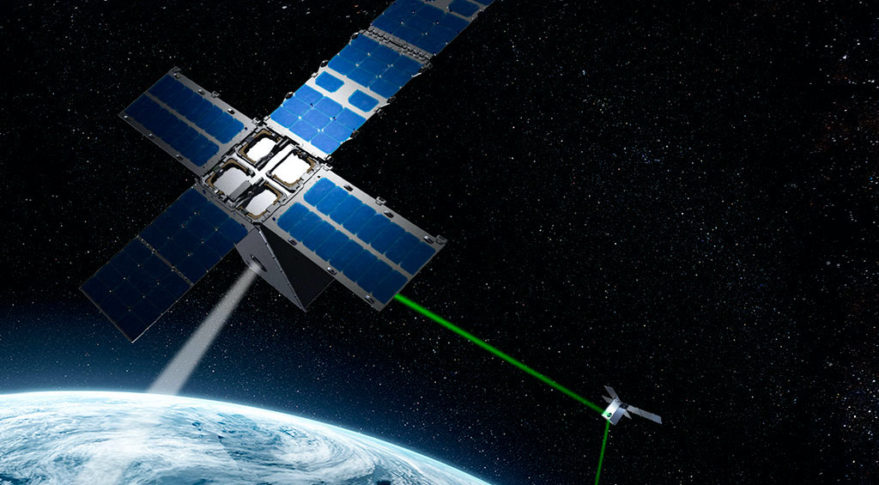The Pentagon office charged with going fast is at least six months behind on its next project.
The Space Development Agency’s Tranche 1 of the Proliferated Warfighter Space Architecture, which was expected to launch in September, is now on hold until March or April, SDA Director Derek Tournear said last week.
But there’s good news on the horizon: Tournear said COVID-related supply chain issues are beginning to improve, meaning quicker procurement schedules for future batches of sats.
“Our laser comm suppliers and encryption were driving critical path on almost all our vendors,” Tournear said. “That’s now ironed out so that the production rates predicted are now hitting. The encryption devices…are now starting to hit their production schedules, so we have high confidence they’ll come in.”
Broadening industry participation: In an effort to avoid delays, SDA is trying to work with more suppliers through its new acquisition approach: the Hybrid Acquisition for Proliferated Low Earth Orbit (HALO), which allows first-time partners to prove themselves through smaller satellite orders, building credibility with the DoD to bid for future tranches.
HALO has already attracted 43 bids, with 19 companies selected to receive task orders from SDA to build at least one satellite that can demonstrate a new capability.
“We want as many new vendors to come in there as possible,” Tournear said. “We want to keep a healthy vendor base, not only at the prime vendor level, the space vehicle vendor, but also that tier two or tier three—the subcontracts.”
Tranche 3: Looking ahead, SDA plans to procure ~200 satellites for Tranche 3 in January.
- It’s the first tranche that will replace aging satellites and add new capabilities.
- It includes significant technical upgrades, including advanced S-band antennas and lightweight position, navigation, and timing (PNT) equipment.
“Our satellites are designed with a five-year lifetime, so after Tranche 3 is launched, our Tranche 1 satellites will be at the end of their five-year lifetime,” Tournear said. “We’ll start to decommission those about the same time we’re launching on Tranche 4, but we’ll be reliant on Tranche 3 operations to backfill the decommission of Tranche 1 satellites.”




